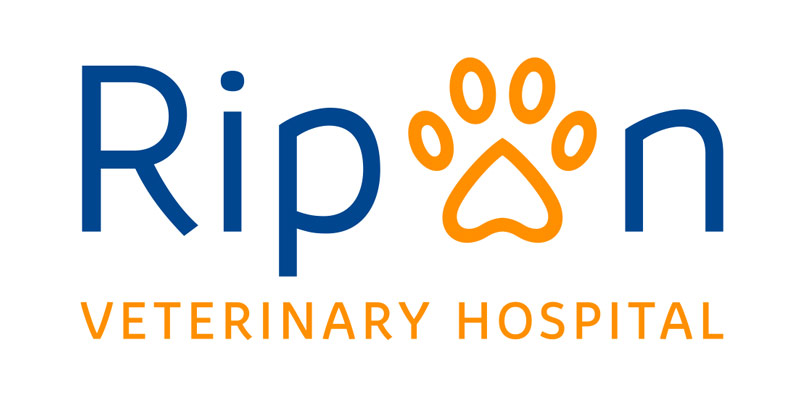Click HERE To Buy Elavil Online ↓

Historical Context and Development of Elavil
In the late 1950s, mental health treatment underwent a transformation with the introduction of Elavil, known generically as amitriptyline. Developed by Merck, Elavil was among the first tricyclic antidepressants (TCAs), representing a new era in pharmacotherapy for depression. Before Elavil, depression was often inadequately treated or managed with psychoanalysis. Its development marked a key moment in psychiatry, offering hope for patients worldwide.
Elavil works by inhibiting the reuptake of neurotransmitters serotonin and norepinephrine, increasing their presence in the brain. This advancement was significant as it highlighted the biological underpinnings of depression, shifting the focus from purely psychological models. Despite its initial popularity, Elavil's side effect profile led to the development of newer antidepressants with more favorable outcomes.
| Milestone | Year | Significance |
|---|---|---|
| Discovery | 1950s | Pioneering treatment for depression |
| Widespread Use | 1960s-1980s | Established efficacy in clinical practice |
Mechanisms of Action: Elavil Vs. Modern Alternatives

Elavil, or amitriptyline, is a tricyclic antidepressant (TCA) that primarily functions by inhibiting the reuptake of neurotransmitters like serotonin and norepinephrine, enhancing their effects in the synaptic cleft. This action helps stabilize mood and alleviate depression, although the exact mechanism remains complex and not entirely understood.
In contrast, modern antidepressants, such as selective serotonin reuptake inhibitors (SSRIs) like fluoxetine, focus specifically on serotonin reuptake inhibition. This targeted approach aims to boost serotonin levels more selectively, potentially reducing side effects associated with broader neurotransmitter modulation found in TCAs like Elavil.
While both Elavil and SSRIs aim to achieve similar therapeutic outcomes, modern alternatives tend to offer a more refined, side-effect-conscious approach. However, Elavil's unique mechanism also allows for broader off-label uses, which some individuals may find beneficial depending on their specific symptoms or health needs.
Efficacy: Comparing Success Rates in Patients
Historically, Elavil has been a cornerstone in depression treatment, particularly for its efficacy in severe cases. While modern antidepressants, like SSRIs and SNRIs, offer targeted therapies, their success varies. Research indicates Elavil's success rate can be comparable, especially for patients unresponsive to newer treatments. However, personalized treatment plans often dictate choices, with Elavil still holding a place for those not benefiting from newer drugs. Thus, success rates aren't solely determined by the drug's era but by individual patient response.
Side Effects: Weighing the Pros and Cons

In the realm of antidepressants, Elavil, a tricyclic antidepressant, is notorious for its spectrum of side effects, which range from dry mouth and weight gain to more severe concerns like heart rhythm disruptions. While effective for certain patients, these side effects often limit its use. In comparison, modern antidepressants, such as SSRIs and SNRIs, tend to have a more favorable side effect profile, generally causing fewer disruptions to daily life.
However, newer medications are not without their own drawbacks, such as sexual dysfunction and gastrointestinal issues. The decision on which antidepressant to prescribe frequently depends on a careful evaluation of these potential side effects weighed against the anticipated benefits for individual patients. As physicians navigate these choices, they must consider both the efficacy of the medication and its impact on the patient’s overall quality of life, ensuring that the benefits truly outweigh the risks.
Contemporary Applications and Clinical Guidelines
In today's clinical landscape, Elavil is more than a relic; it remains a useful part of psychiatric treatment when modern antidepressants might not suffice. Despite the influx of newer medications, clinicians still prescribe Elavil, especially when dealing with co-morbidities like chronic pain or migraines, where it demonstrates significant efficacy. The breadth of contemporary applications is reflected in clinical guidelines that often suggest its use as a secondary option when patients exhibit resistance or intolerance to newer drugs.
These guidelines underscore Elavil’s role in a comprehensive treatment plan that might involve polypharmacy strategies or situations requiring its additional benefits.
| Medication | Primary Usage | Secondary Benefits |
|---|---|---|
| Elavil | Depression | Chronic Pain |
| Modern Antidepressants | Depression | Fewer side effects |
Prescribing Elavil demands a nuanced understanding of its pharmacological profile, which is well documented in current guidelines.
Patient Experiences and Testimonials: Old Vs. New
Reflecting upon the experiences of patients using Elavil versus those on modern antidepressants reveals an intriguing tapestry of insights. Many longstanding users of Elavil recount a sense of relief when this tricyclic antidepressant alleviated their depressive symptoms, often providing a lifeline in a time of fewer alternatives. They describe its effects as profound yet marred by burdensome side effects, necessitating a careful balance of benefits and drawbacks.
On the other hand, patients on newer antidepressants often cite improved tolerability and a more favorable side effect profile, offering them renewed hope. While some express initial trial-and-error phases to find the right medication, modern options often align better with individual needs. The narratives of these patients underscore the evolution of personal treatment journeys in the broader mental health landscape, highlighting advancements and persistent challenges.
